The Ultimate Glossary: 30 Email Marketing Terminologies

Table of Contents
- What is Email Marketing?
- 30 Email Marketing Terminologies
- Key Takeaways
- Conclusion
- FAQs
One of the most efficient marketing strategies in the digital era is marketing via email. Several brands use email marketing as an essential element of their inbound marketing strategy. Email marketing is not as easy as it appears to be. Marketers need to be aware of the new and improved tactics in the email niche and be well-versed with email marketing terminologies. Whether you are a new learner or an experienced marketer, you should be aware of some basic terminologies.
What is Email Marketing?
The act of sending a commercial message, as a business or a brand, to a group of people using email is known as email marketing. Whether you are sending an email to a current customer or a potential buyer, it falls under email marketing. The messages designed for email marketing could include advertisements, business requests, offers and discounts, new products and services, and more.
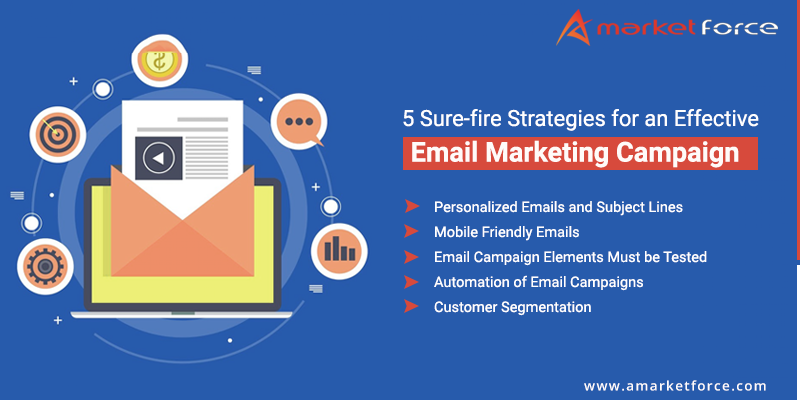
30 Email Marketing Terminologies
Before you plan and design your next email marketing campaign, here is a brief email marketing guide to walk you through some of the important email marketing terminologies.
- Authentication: Email authentication refers to the data encoded into every email message. It gives information about the servers via which a particular email message was relayed and tells us where the email originated.
- Autoresponder: One of the essential email marketing terminologies to include in your glossary, autoresponder, stands for an automated message or a series of such statements. It is also known as a “drip campaign.”
- Bounce rate: Next on the list is bounce rate. Shown as a percentage, bounce rate measures the number of emails that have been returned by email service. The reason for a bounce to happen could be a non-existent email address, a full inbox, or an unavailable server.
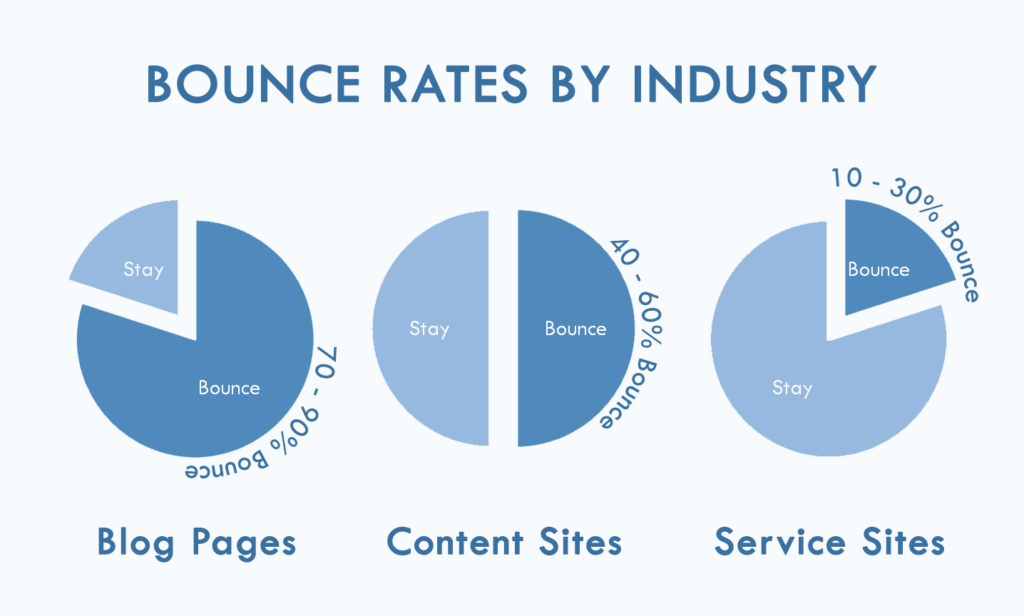
- Blacklist: This list denotes spam IP addresses. In other words, it is a list of email senders with a bad reputation.
- Broadcast: A significant term to add to your email marketing glossary, a broadcast is similar to an email blast. It sends out a message to everyone on your email list simultaneously.
- Call-to-action: Abbreviated as CTA, call-to-action initiates the subscribers to take action. A call to action copy appears on order buttons and sometimes as linked text within emails.
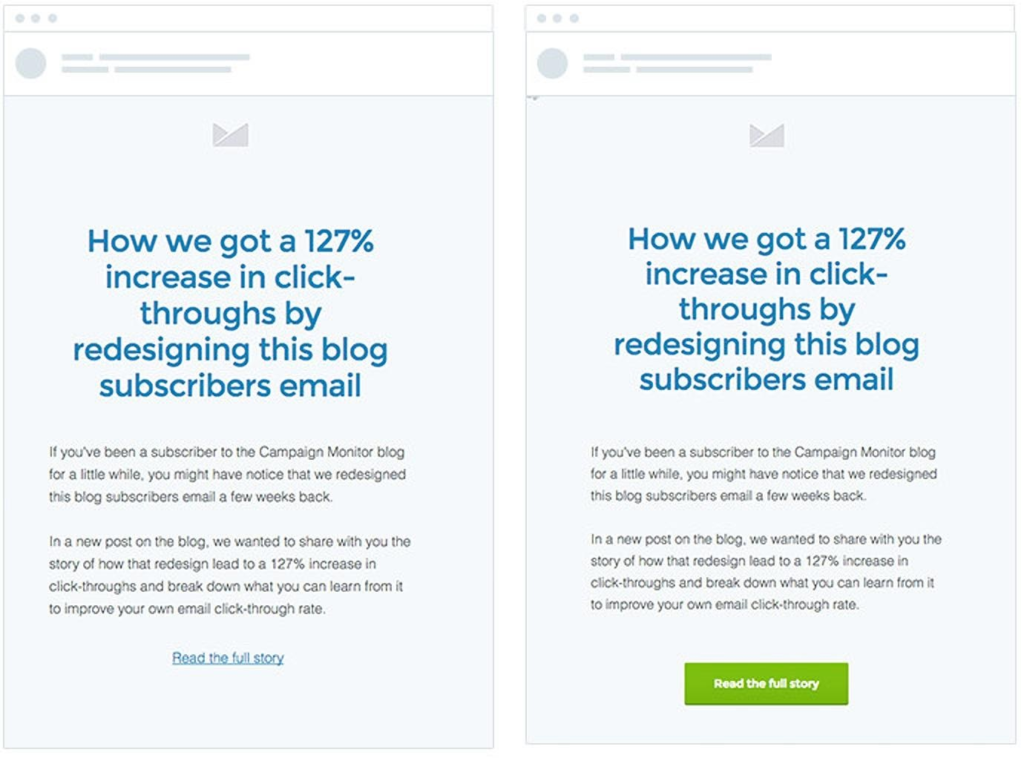
- Clicks per open: The percentage of the number of clicks divided by the number of opens.
- Conversion rate: One of the critical measures of the success of any email campaign, a conversion rate is the percentage of recipients who respond to your CTA in an email promotion or campaign.
- Contact list: A very common email marketing terminology, contact list refers to your subscriber or mailing list.
- Delivery rate: The percentage of emails sent from the sender that reach the subscriber’s inbox is called delivery rate.
- Dedicated IP: In the email marketing glossary, a dedicated IP means an IP address from which only you can send emails.
- Email filter: This term is used for the technique that blocks emails based on either the sender or the content of the email.
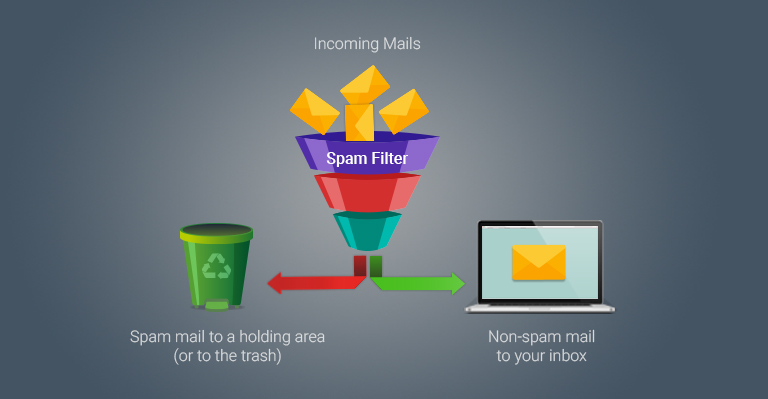
- Email sponsorships: A crucial lingo in email marketing, email sponsorships can be defined as buying ad space in an email newsletter or sponsoring a series of articles shared via email. The sponsors are advertisers who pay to have their ads embedded within the email.
- Email phishing: Email phishing happens when a fraudulent email is sent to a person stating some error with the recipient’s account. These emails usually ask for sensitive details like bank account login information via a link. The spammer can then collect this important information and use it without the recipient being aware of the situation.
- Engagement: Engagement is an umbrella term encompassing every interaction email subscribers have had with your messages via email. It includes the number of shares, opens, clicks, etc.
- False-positive: When a legitimate permission-based email or email id is incorrectly filtered or blocked as spam for an unknown reason, it is called a false positive.
- Honey pot: Honey pot is the term used for a planted email address by organizations trying to combat spam. When a spammer harvests and emails, a honey pot identifies that particular sender as a spammer.
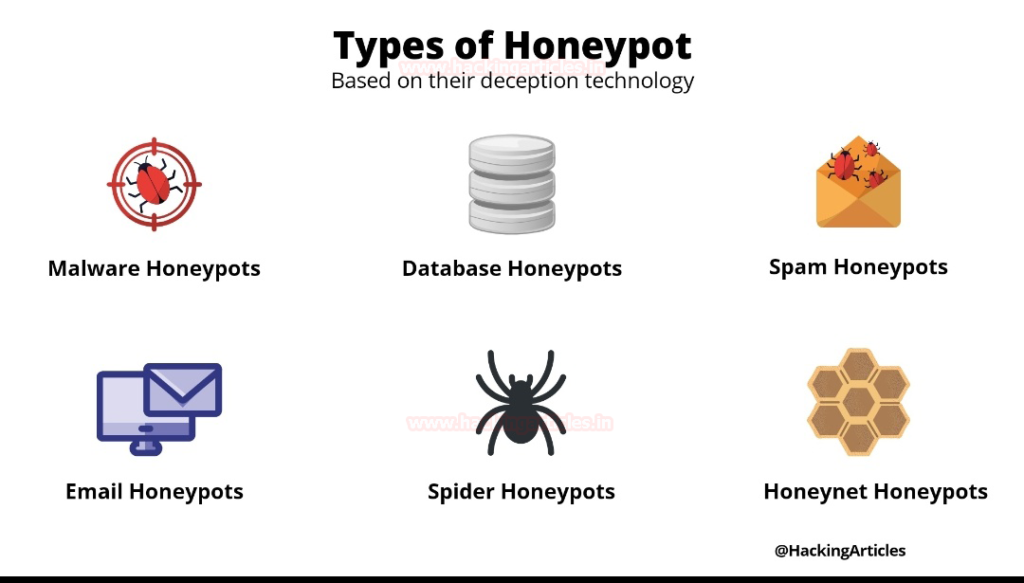
- IP warmup: When a progressively increasing number of emails are sent out of an IP address, it is known as an IP warmup. This is done to build the IP’s reputation.
- Landing page: The landing page is next on the list of email marketing terminologies. A landing page is a lead capture page on a brand’s website. It is linked to an email to provide additional information directly related to the brand’s products and services, which is promoted in the email.
- List segmentation: One of the critical email marketing terms, list segmentation refers to the practice of selecting a target audience or a group of potential buyers who will find your email message relevant or useful. A segmented list makes your email campaign more targeted and relevant. This, in turn, generates a higher response rate.
- Opt-in: One of the basic email marketing terminologies, an opt-in means to subscribe to an email list, thereby choosing to receive email communication by providing your email address to a brand/website or an individual.
- Opt-out: The opposite of an opt-in, an opt-out refers to choosing not to receive email communications from a particular sender anymore. An opt-out is a request for removal from the sender’s email list. It is legally necessary to provide a clear opt-out or unsubscribe option in each email that you send.
- Privacy policy: Privacy policy is the term used for a clear description of a website or a company’s policy on using the information collected from its website visitors. It also entails what can and cannot be done with the information.
- Scraping: Scraping is a spamming technique. A scraping software scouts the Internet for any email address that it can. This is why several email addresses are written on contact forms and websites as “Stephen [at] Gmail [dot] com.” It is done to confuse and deter scraper bots from collecting email addresses.
- SMTP (Simple Mail Transfer Protocol): SMTP is the language used by servers to communicate with each other, as they send emails from one address to the other. It is also called a ‘protocol’ in email marketing terms.
- Subject line: This is an email marketing terminology you need to know, even if you are not a marketer. A subject line is the headline of the title of an email message.
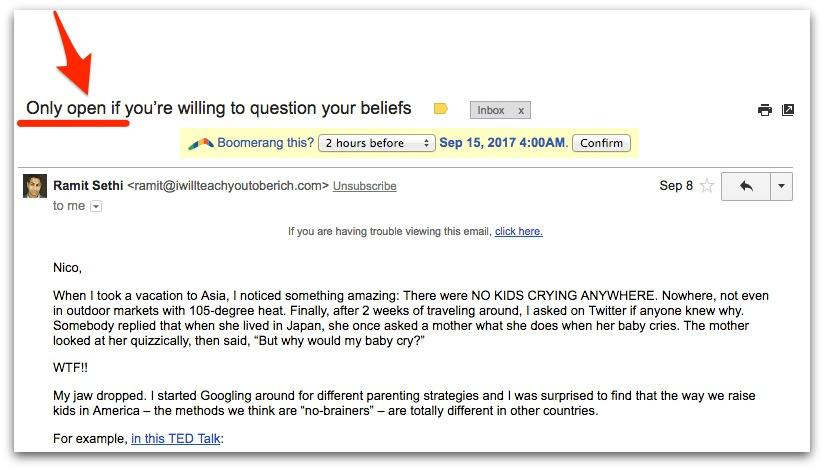
- Signature file: A signature file is a tagline or short block of text at the end of each email message. It helps identify the sender of the email and provides more information like the name of the company, the physical address, contact information of the sender, etc.
- Spam: One of the most common email marketing technologies, Spam is the other word for a UCE, an unsolicited commercial email. It is an email message sent to an individual who has not opted-in to receive messages from a sender.
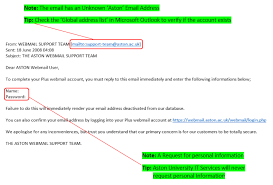
- Throttling: Throttling is an email deployment technique. It sends emails in batches instead of sending them all at once, resulting in better deliverability rates.
- Triggered emails: Triggered emails are a type of marketing automation. They are prescheduled and sent on specific dates or events.
Key Takeaways
- The act of sending a commercial message, as a business or a brand, to a group of people using email is known as email marketing. Whether you are sending an email to a current customer or a potential buyer, it falls under email marketing.
- One of the important measures of the success of any email campaign, a conversion rate, is the percentage of recipients who respond to your CTA in an email promotion or campaign.
- Privacy policy is the term used for a clear description of a website or a company’s policy on using the information collected from its website visitors.
- SMTP (Simple Mail Transfer Protocol) is the language used by servers to communicate with each other.
- A subject line is the headline of the title of an email message.
- Spam is the other word for a UCE – an unsolicited commercial email.
Conclusion
Email marketing can, at times, feel like an entirely new language. But with the proper knowledge of email marketing terminologies and efficient email messages, you can turn your email marketing campaign into nothing short of a success.

FAQs
The CC is a carbon copy, where you copy more people apart from the original recipient on the email. BCC is a blind carbon copy where the people you copy apart from the primary recipient don’t know who else is copied on the email.
Three essential types of email marketing are email newsletters, transactional emails, and behavioral emails.
Direct email marketing refers to the format used for email-based campaigns in which standalone ads are sent to a targeted list of recipients.
The subject line is the most important part of any email. It determines what the receivers will do with your email.
Emails that inform the recipients about the latest news, tips, or updates from the sender are known as email newsletters.
Latest Blogs
Explore how Google’s 2025 AI search updates triggered ranking chaos. Learn actionable strategies to adapt your SEO for AI Overviews, zero-click searches, and SERP volatility. Stay ahead now.
Learn how to rank on AI search engines like ChatGPT, Perplexity, and Gemini by optimizing your content for authority, structure, and relevance. Stay ahead in AI-driven search with this strategic guide.
Explore the best healthcare SEO services for your medical practice. Improve online visibility and effectively reach more patients in need of your services.
Get your hands on the latest news!
Similar Posts

Email Marketing
6 mins read
11 Tips to Design Impactful Email Banners

Design
9 mins read
7 Benefits of a Simple Mailer Design

Email Marketing
7 mins read